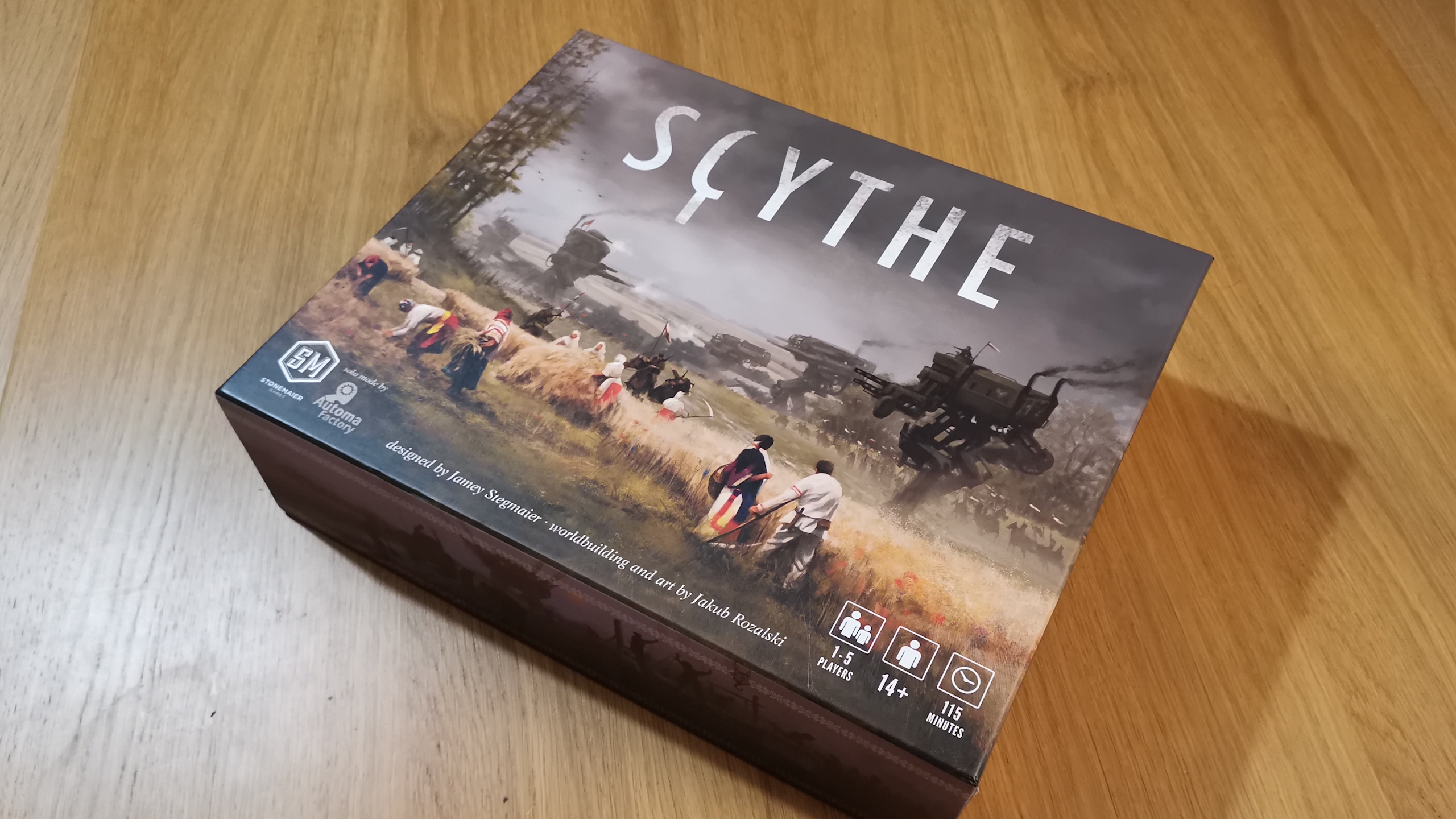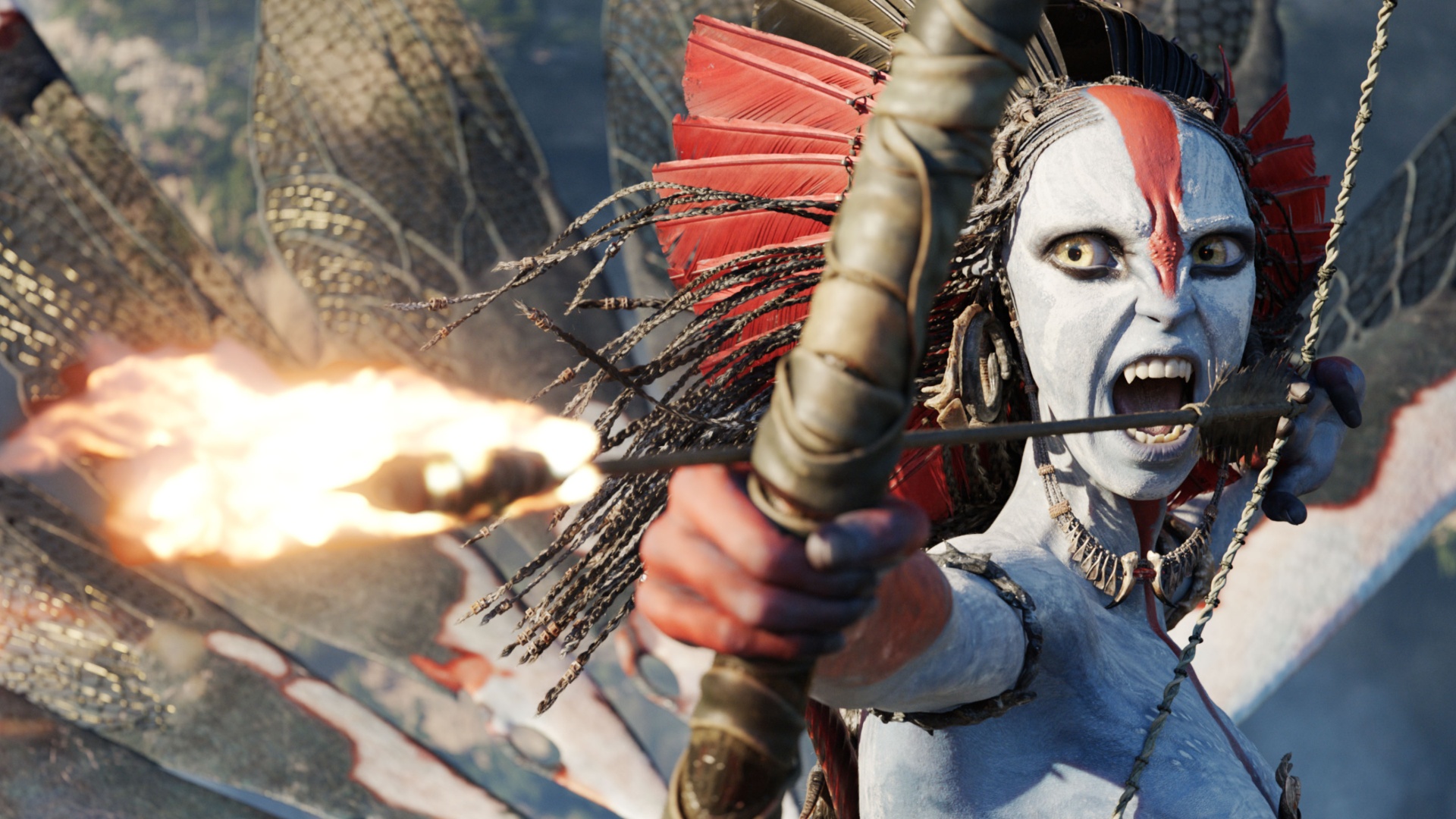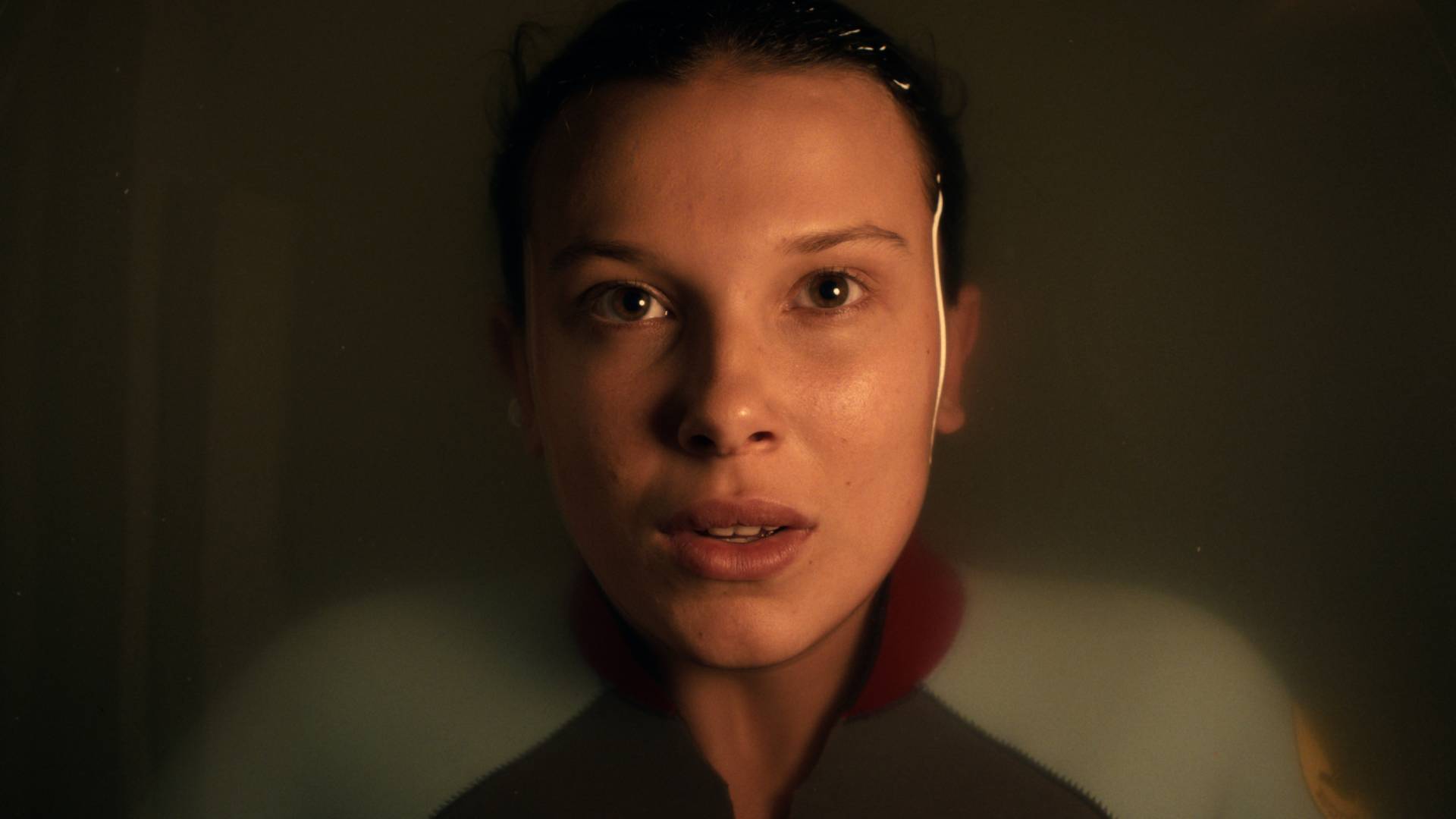Help me, Warhammer 40K: Dawn of War 4 is so good I've been replaying the same mission for 3 hours and pestering its devs who have "been studying the blade and bolter"
Preview | Instead of trying to reinvent RTS, Warhammer 40K: Dawn of War 4 proves the genre still rules
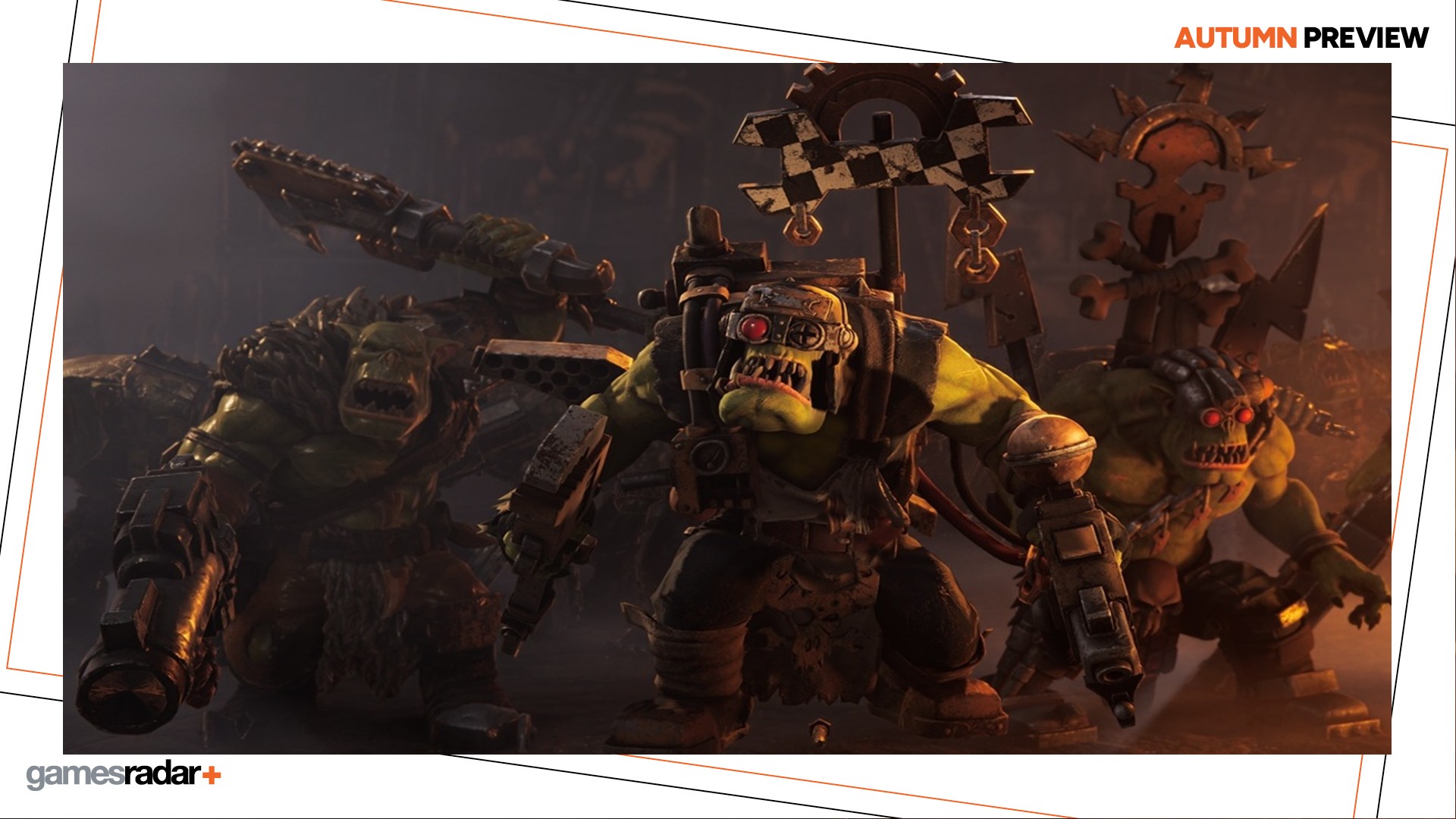
Playing Warhammer 40,000: Dawn of War 4 for the first time, I was given access to a mission where you play as the Space Marines who have been called in to save Imperial Guard forces from a warband of orcs. That was a week ago. I've since spent upwards of three hours playing the same level over and over again, siccing a small army of space marines and dreadnoughts onto the orc-dominated map before winning (usually) and doing it all over again. Yeah, it's good.
"While everyone's been busy with summer, we've been studying the blade – and the bolter," grins Elliott Verbiest, senior game designer at developer King Art Games. I'm chatting to Verbiest and Jan Theysen, co-founder and creative director, and while neither seem particularly surprised at how much I've been digging Dawn of War 4, both are thrilled to finally be talking about it.
"If you do not hear anything from a studio for a long time, you know it's either very, very bad news, or very good news," says Theysen. "In our case, thankfully, it was very good news."
Building defenses
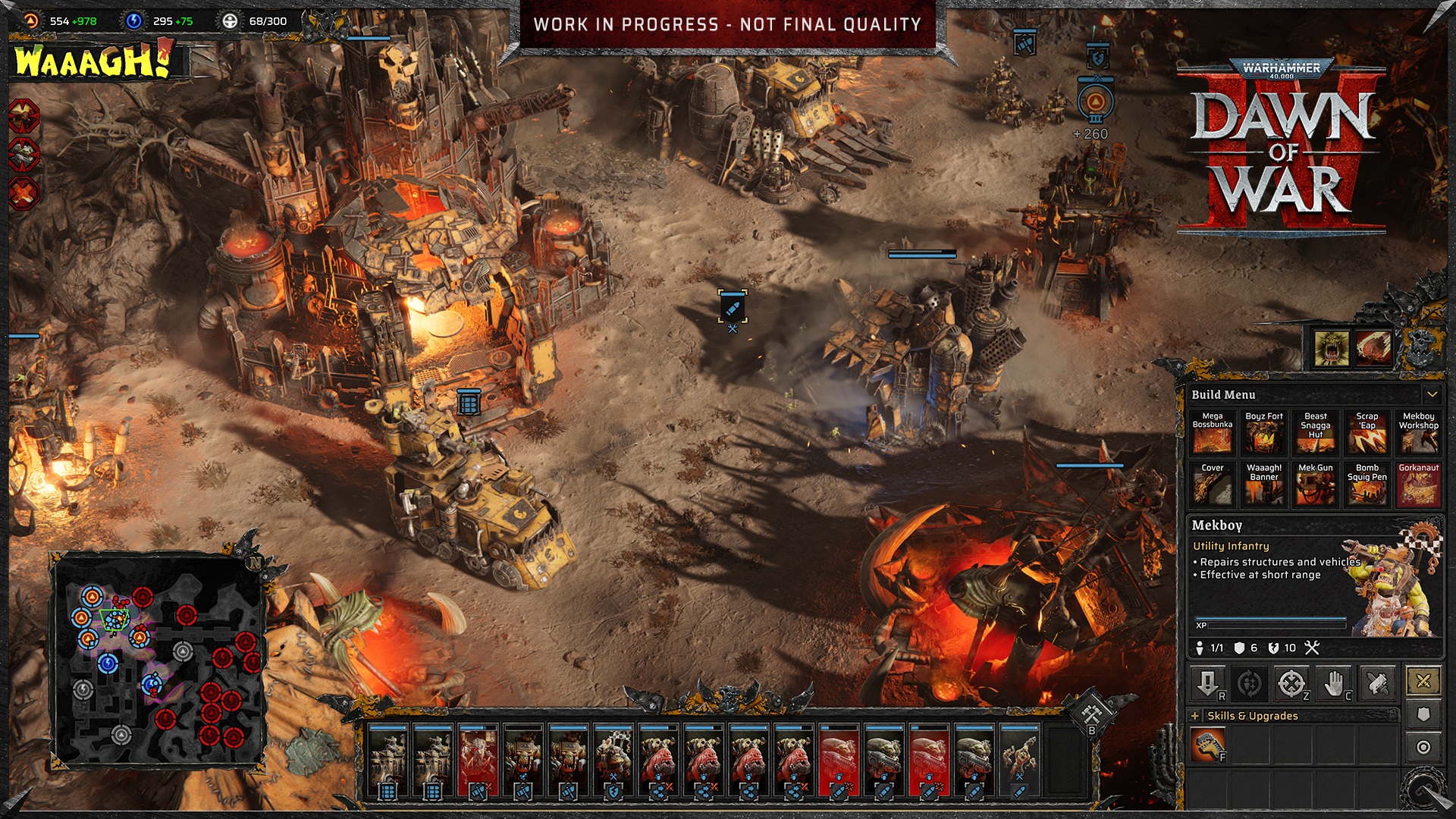
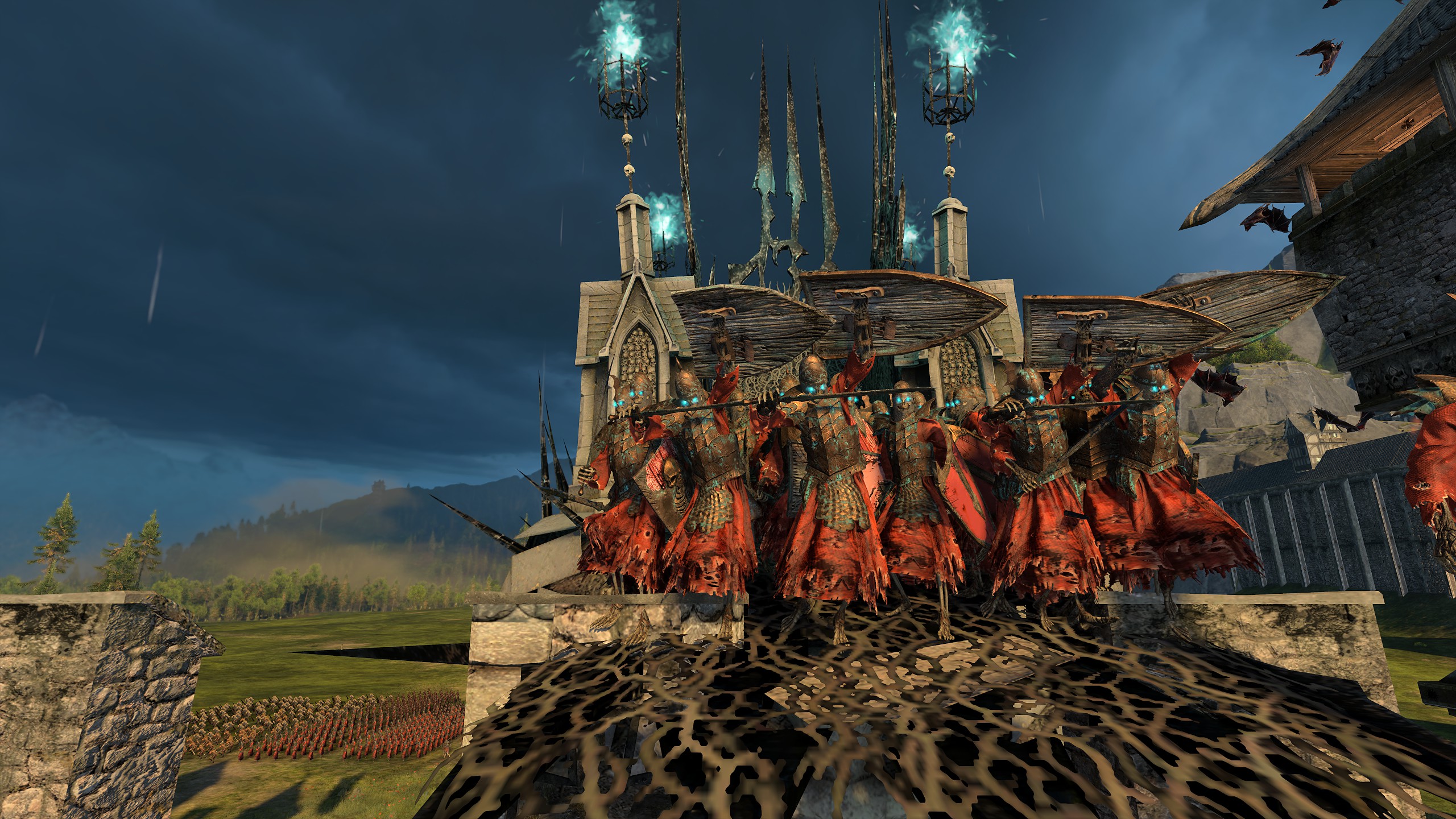
Unlike many of its modern contemporaries, Warhammer 40,000: Dawn of War 4 is not trying to reinvent the real-time strategy (RTS) genre for new audiences. Returning to the planet of Kronus, the goal is to capture resource points and develop your base, all while building and ordering an army to stop your opponent from doing the same. In this specific instance, a thin row of neutral Requisition and Power resource points are all that separates my forces from the rest of the orc-dominated map.
It's refreshingly straightforward, and King Art Games is under no illusion as to who they are making Dawn of War 4 for. "I'm pretty sure that real-time strategy will not be the big genre again," explains Theysen. "It's a niche genre, but it's a big niche, right? [...] For us it's like, if there's a sizable RTS community and a sizable Warhammer community, maybe that's enough! Let's make a great game for both of these communities – RTS won't kick shooters from the top of the food chain any time soon, but that's fine."
"We've grown a little bit over the past few years, and we're not a tiny indie studio, but we're not a massive AAA studio either," adds Verbiest. "That puts us in a really sweet spot for being able to deliver on the kind of production value that players are looking for in an RTS, and the mechanical and gameplay complexity that maybe a three-man team wouldn't be able to deliver on."
Taking command of my space marine units, Dawn of War 4 certainly plays like a classically-minded RTS. As I fight to win the level back from orcs, I'm constantly forced to think about where I'm sending my space marines and why. Each of the game's four launch factions (Blood Ravens, Orcs, Necrons, and Adeptus Mechanicus) have differing playstyles, which means that in this matchup, my space marines are incredibly powerful but almost always outnumbered by orcs – who, besides being numerous, can also litter the map with cheap defensive structures.
Weekly digests, tales from the communities you love, and more
I don't have enough space marines to guard the resources I capture, which means my playstyle involves swinging my elite units onto a point like a sledgehammer – easily wiping out all but the largest groups of orcs – then building up turrets and missile bunkers to defend points while my own blob continues on the offensive. I adore building up defenses in strategy games, so the tactic fits snug – though my beloved turtling tactic is off the table here, as the ultimate goal is to march out to destroy the orcs' primary and secondary strongholds. The orcs are also working on three superweapons across the map, each with their own progress bar, so there's a time incentive to wipe them out before three beefy Gorkanaut walkers are unleashed. While the nearest falls easily enough, I only break the other two with help.
Command Points – a resource earned from being in combat – can buy powerful abilities called Stratagems, which for space marines range from bonus XP to cluster bombs and orbital bombardments. I go for the latter two, and both just about annihilate anything they hit. Entire units (would-be Gorkanaut included) are decimated with a carpet of cluster bombs, while the orbital bombardment proves so powerful I have to pull my own frontline back when they start dying en masse too.
Throw in the fact that space marines can pay extra to recruit units in reserve, allowing them to be dropped anywhere on the map in a bullet-spewing drop pod, and the faction ends up playing like a 40K fantasy brought to life. Though I don't play the orcs, I can see the same appeal there – creating a sprawling, rolling ball of violence, – and when a Necron surprise attack unleashes stalking robots and gauss beams into my side, I immediately decide they're going to be the first faction I play at launch.
Four factions
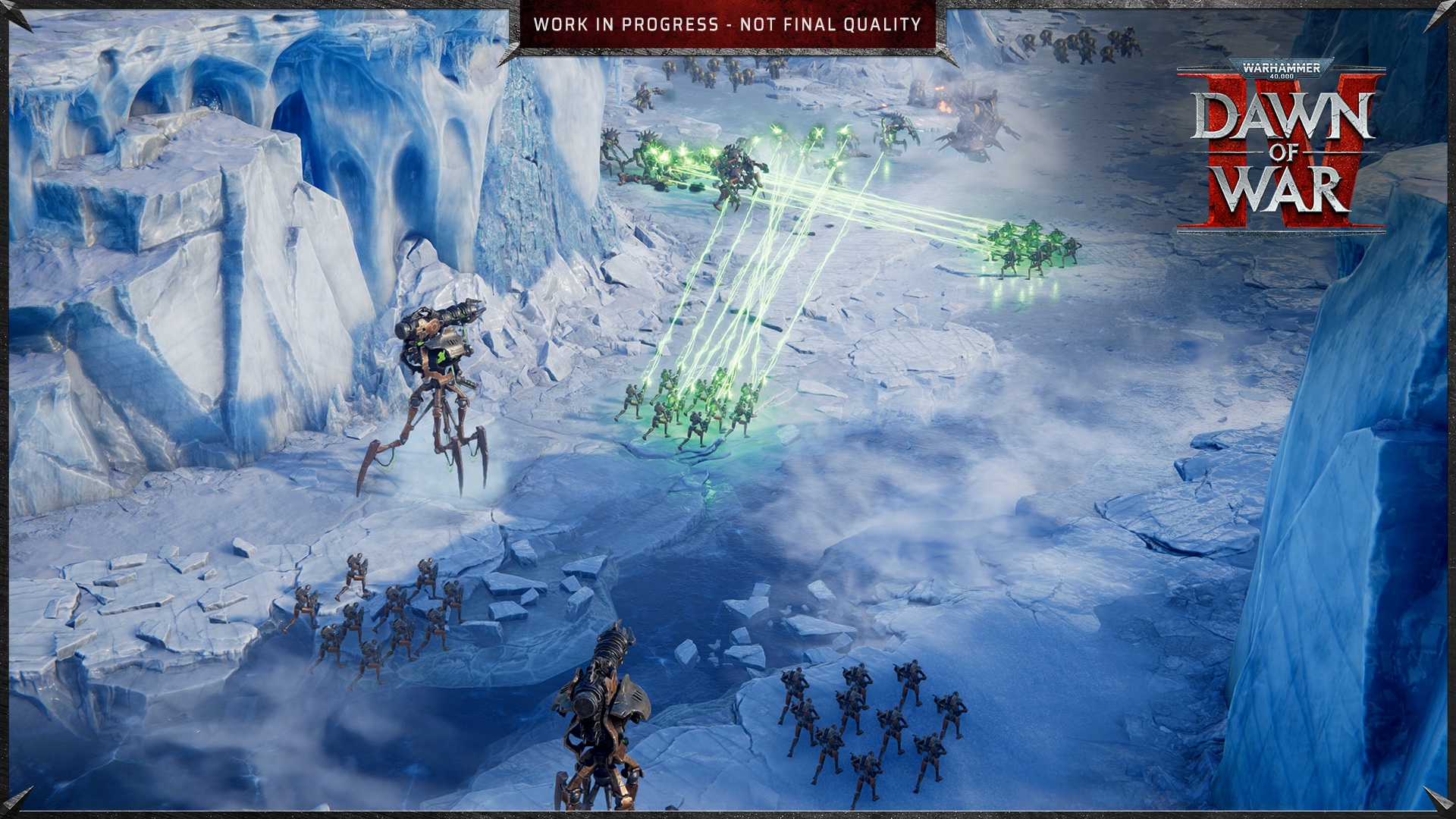
All of my skirmish matches end the same: with half-squads of space marines, dinged-up assault vehicles, and smoking dreadnaughts destroying the orc fortress by the skin of their teeth. But even after three hours of greenskin-stomping, it's the side of Dawn of War 4 I haven't seen that proves the most exciting: campaigns, plural.
Each of the game's four factions will have their own campaign, and Theysen tells me that each one will be longer than the original Dawn of War's campaign. "Roughly speaking" we can expect 12 to 15 missions from a campaign, though that can vary. Some missions will be optional, while others will only be available depending on the choices that players make during the campaign. Having seen the demand for more single-player and narrative elements in their last game, Iron Harvest, King Art Games was keen to push that further in Dawn of War 4.
"We basically said 'OK, let's not have [one] Space Marine campaign, or one big campaign where everybody has a little bit to play – let's do four big campaigns for each of the four factions. Let's make the campaign non-linear, or give the player meaningful decisions on who they want to play in the campaign, who survives, and so on,'" says Theysen.
There's even some "cross-campaign relevance," adds Theysen. Choose to side with a certain war boss during the Orc campaign, for example, and the one you back will become the ruling boss on Kronus – even while playing Space Marines. Some choices, like selecting a hero to play for a level, are designed to give players more say over their playstyle. "One road you can pick might be more smaller engagements, more tactical stuff," offers Theysen, "while the other one might be more full-on war with lots of units [...] You can basically pick how you play the campaigns."
Sync kills

Ultimately, Theysen says Warhammer 40,000: Dawn of War 4 is intended to be a "modern interpretation of what the first Dawn of War would be today" – and while the series' roots are blatant, so too are those modern additions.
Dawn of War 4's flashiest feature is without a doubt its sync kills, which creates unique animations for fighting units. During my preview I saw one orc jump on the back of a space marine and attempt to wrestle them to the ground, only for said marine to flip the orc over his shoulder and carve it up with a chainsword. Later, another space marine wrestles their chainsword against an orc's hastily thrown-up gun, eventually knocking it to one side and hacking the orc to pieces. On both occasions, I stopped what I was doing to watch. Is my base in tatters off-screen? Er, yes. Have I forgotten to call in more Space Marines? Also yes. But did you see that?
Sync kills have been attempted to some success in the likes of Total War: Warhammer, but were often inconsistent if not outright buggy due to their technical intensity. There are "well over 10,000 permutations of units fighting," shares Verbiest, and when I tell the pair I didn't think the technology was there for this level of synchronization, Theysen confesses he didn't either.
"I was totally with you," he admits. "Three years ago, four years ago, I also was very skeptical that it's possible, but what [the animation team] came up with is basically a system that dynamically creates these animations. They basically have little snippets of animation, and depending on the situations, the system dynamically puts everything together – because it is not possible to animate all of that by hand, right?"
"It had to be something dynamic [...] But they somehow managed to create a system that does it on the fly – you can actually see it in the debug view. You can see the timeline, and how the timeline gets created, or how the animations get put into the timeline. It's wild! It's so cool."
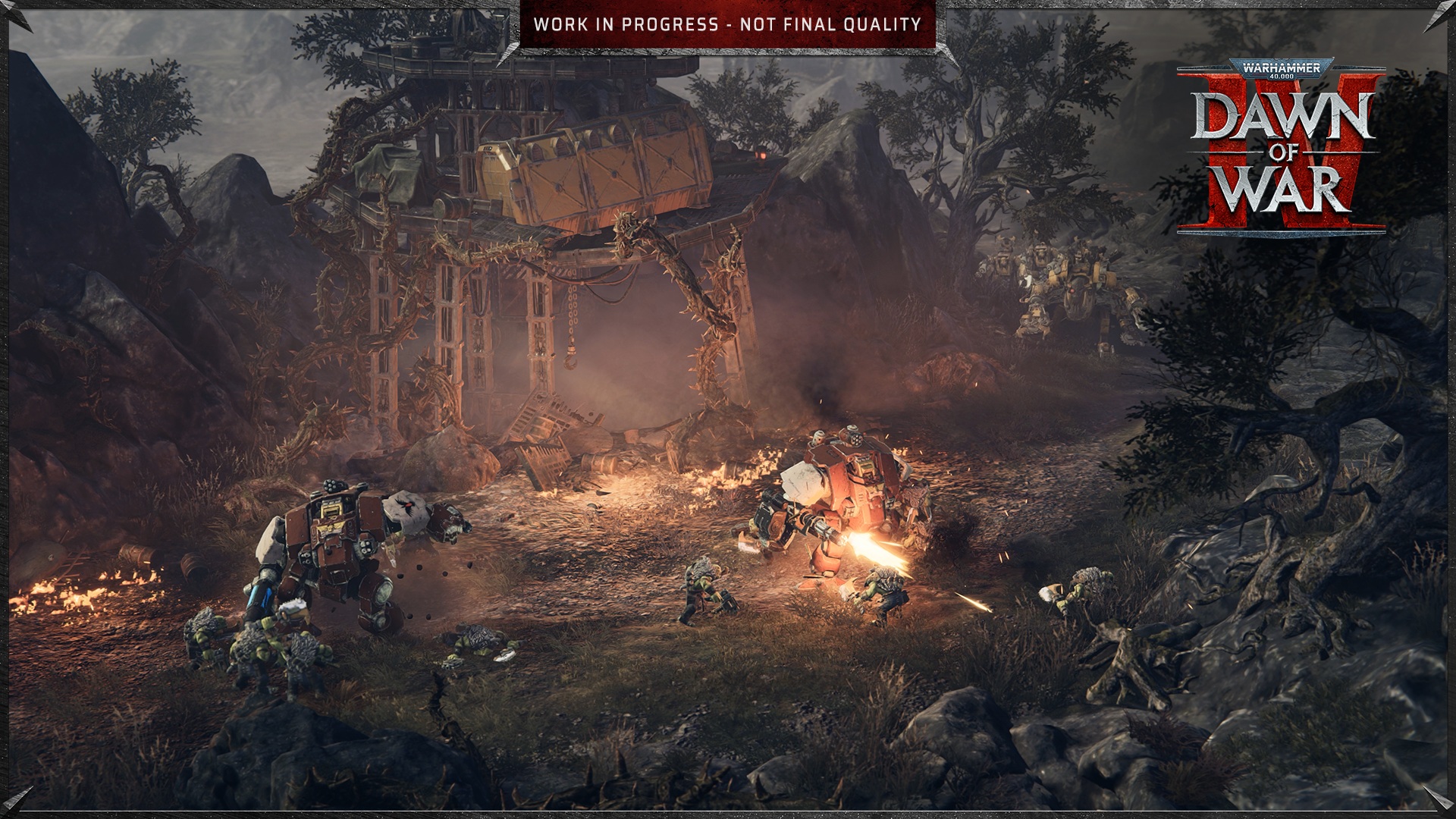
Though my RTS-loving thumb tips the scales, Warhammer 40,000: Dawn of War 4 is already one of my most anticipated new games coming in 2026. At King Art Games, the same excitement is palpable. Both Verbiest and Theysen say that getting to work within 40K has been a dream come true. Theysen, who got into Warhammer through the first Dawn of War, feels strongly about making Dawn of War 4 an entry-point for 40K first-timers. Verbiest, on the other hand, is more excited by the prospect of carrying the original series' legacy forward.
"I grew up with real-time strategy games. I used to mod Red Alert 2 back in the day with a bunch of folks, and I've been a fan of Relic strategy games for a very long time – Dawn of War included," says Verbiest. "So I would consider this a huge honor. It's a real exciting opportunity to be able to give back to players who have stuck with not just the franchise, but the genre as a whole. It's an exciting way to contribute and give back to them, and show them what we can do. Strategy isn't back – it's never gone away."
Check out our pick of the best strategy games.

Andy Brown is the Features Editor of Gamesradar+, and joined the site in June 2024. Before arriving here, Andy earned a degree in Journalism and wrote about games and music at NME, all while trying (and failing) to hide a crippling obsession with strategy games. When he’s not bossing soldiers around in Total War, Andy can usually be found cleaning up after his chaotic husky Teemo, lost in a massive RPG, or diving into the latest soulslike – and writing about it for your amusement.
You must confirm your public display name before commenting
Please logout and then login again, you will then be prompted to enter your display name.
